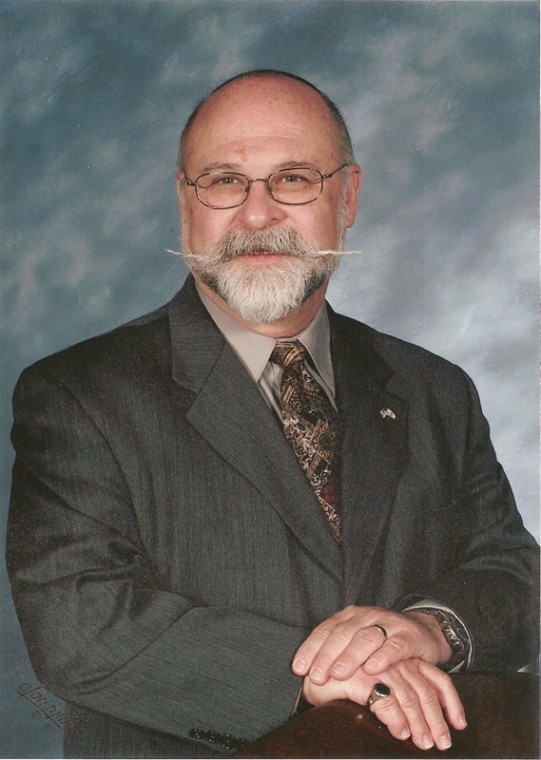Removing the leaven from our homes and hearts
Published April 21, 2011
It is not often that the festival of Pesach (Passover) coincides with the Torah portion, Aharei Mot (After the death [of two of the sons of Aaron]). It is interesting when they do as the first third of this week’s Torah portion is also read on Yom Kippur (Day of Atonement) morning and part of the last third is the traditional reading for Yom Kippur afternoon. Pesach and Yom Kippur are a little over six months apart. What, if anything do these two major holy day seasons in the Jewish calendar have in common?
Both of these holy days are preceded by a thorough examination and cleansing – one is spiritual, while the other is physical. Prior to Yom Kippur Jews look inward and examine the behaviors of the past year. Any wrongs which can be redressed should be by the time the High Holy Day of Yom Kippur arrives. The month of Elul, the Ten Days of Repentance, all give one ample opportunity to complete a thorough self-examination and to apologize for any offenses committed, either purposefully or accidentally. On Yom Kippur all that remains is to acknowledge before God those errors which involve God directly as well as those which harm the image of God, namely our fellow human beings, and the environment in which we all live. To demonstrate the sincerity of our desire to become at-one once again with God, we forgo food and water, bathing, wearing leather shoes and physical intimacy with our partners. Through five different services we confess the collective sins of all Israel and repent of the past year’s errors. By the end of the day, we are ready to begin the year with a clean slate.
ADVERTISEMENT
Prior to Pesach there is also a period of intensive examination. All that is chametz (leavened or that could be leavened) is removed from the house or secreted in drawers, closets, pantries or shelves which remain locked for the entire length of the holy day season. The house is thoroughly cleansed of any trace of chametz, even the dust in the drawers is emptied and then the drawer is scoured to be certain that there is nothing left of the year’s build-up of chametz. Special pots and pans, dishes and tableware, dishpans and racks are brought out which have never touched anything leavened, and all food is prepared under the increased restrictions of the laws of Passover according to the Torah and the Talmud.
What is the process of leavening? It is the process of fermentation. Fermentation takes place as grain or fruits spoil. Bread dough is fermented by the yeast; when the dough is baked the yeast are killed before they transform the flour into a rotten solid and grain alcohol. In the fermentation of fruits and vegetables, the process is the same. The alcohol is distilled from the process of spoiling the juice. Thus, leavening is spoiling. We are removing from our homes anything that is, or could be spoiled, from the previous year and replacing it with unspoiled (unleavened) produce.
Bread is “puffed up” by the process of leavening. Without the leavening agent, the bread would be flat, as is the matzah that is consumed over the entire length of the holy day season (eight days outside of Israel, seven days in the Land). It is also a metaphor for our own feelings of being “puffed up.” After six months’ time, we may have forgotten the vows we made on Yom Kippur to try to do better. We may have lost the posture of contrition in favor of one that is more self-satisfied and “puffed up” by a sense of our own accomplishments. In seeking to rid our households of all that is leavened, then, we also look inward and examine ourselves for any spoilage, any leavening, any feelings of being “puffed up” we may have acquired since last Yom Kippur. Then, as we rid our homes of chametz, we rid ourselves, too, of it.
The month of Yom Kippur is the first month of the calendar year, while the month of Pesach is the first of the months. Both seasons represent opportunities that we have to begin anew, to obtain a fresh start and a fresh outlook on life and on the important relationships which we make in life. They both are opportunities to examine ourselves for anything that is spoiled in our behavior, our attitudes, our relationships with others and with the world around us and to take it far from our homes, from our workplaces and from our communities.
ADVERTISEMENT
Shabbat Shalom! Chag Same’ach Vekasher!
D’var Torah
Rabbi Josef A. Davidson is a member of the St. Louis Rabbinical Association.
















